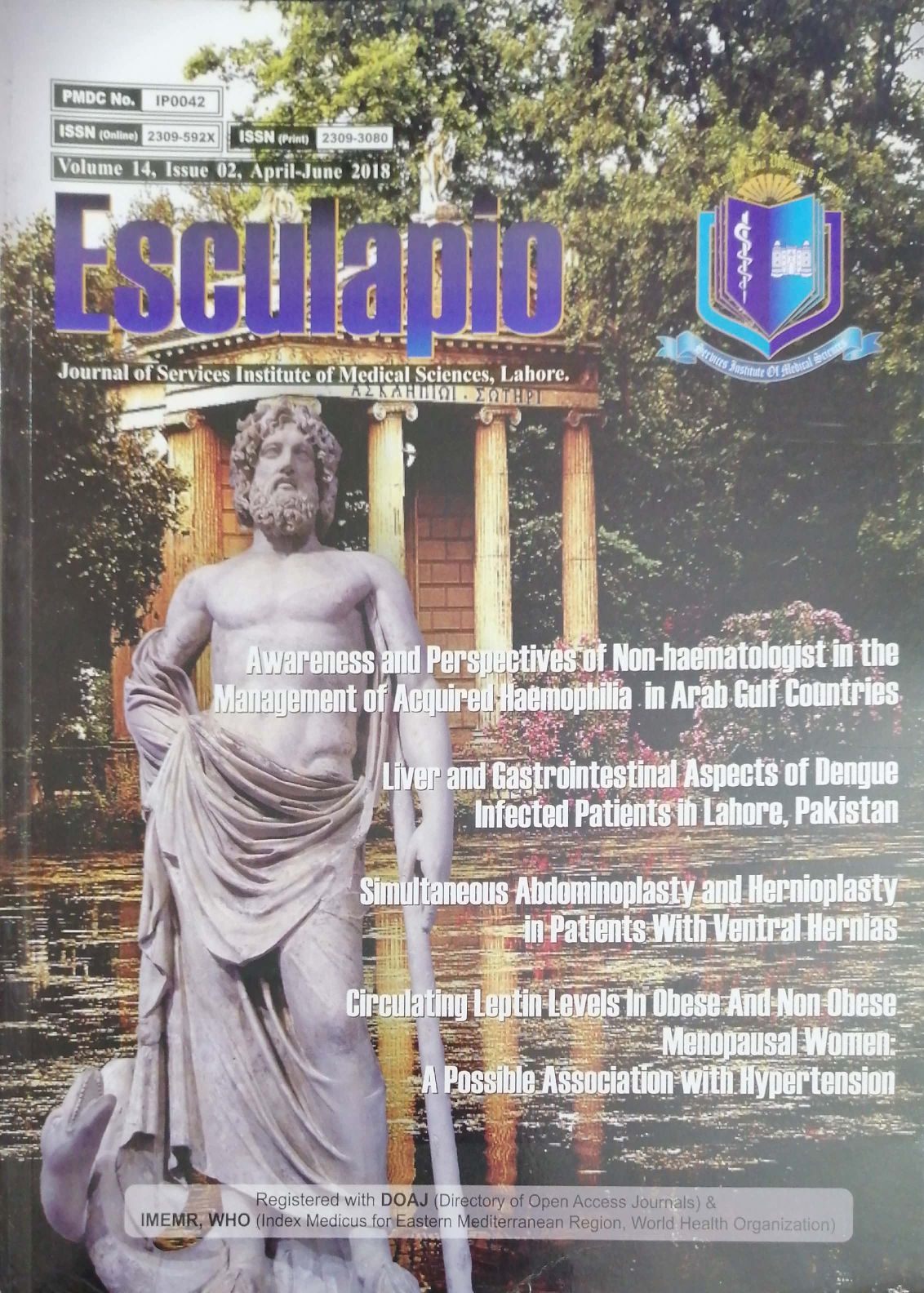Malignant Pleural Mesothelioma- An Under Diagnosed Entity Review of 15 cases of Malignant Mesothelioma
DOI:
https://doi.org/10.51273/esc18.71427Keywords:
Malignant mesothelioma, pleural effusion, asbestosAbstract
Objective: Malignant Mesothelioma is a highly aggressive tumor that can arise from pleura,
peritoneum or tunica vaginalis. In more than 80% cases it involves pleura and is related to
asbestos exposure. The rarity of malignant pleural mesothelioma (MPM) makes it unfamiliar to
many physicians leading to unnecessary delays in diagnosis and treatment. A misdiagnosis will
obviously reduce the chance of survival. While mesothelioma is widely talked about now, still it is
considered rare tumor in our country and is frequently misdiagnosed. The objective of this study is
to emphasize that mesothelioma is not that rare and doctor should always reassess his diagnosis
when a patient does not respond to otherwise effective therapy.
Methods: It is an observational retrospective study. We reviewed 15 cases of MPM diagnosed
from 2014-2017. We evaluated initial diagnosis, age, sex, profession, presenting complaints, CT
chest/PET CT, Tumor markers and stage of MPM at the time of diagnosis.
Results: Out of 15 patients 9 were males and 6 were females. Mean age of patients was 55
years(35-64). Average duration of symptoms was 6.5 months. All patients had fever, shortness of
breath and weight loss while 12 patients (80%) had severe chest pain and cough as well. Ten
(66%) patients had an initial diagnosis of tuberculous pleural effusion and were taking
antituberculous treatment, 4 (27%) patients had recurrent pleural effusion of unknown etiology
and one patient (7%) was treated as empyema. All 6 females were housewives but men had
different professions. Eleven (73%) patients had left sided and 4 (27%) had right-sided pleural
effusion. Pleural fluid analysis in 11(73%) patients was exudative lymphocytic, 3 (20%) had
transudative lymphocytic while one (7%) patient had frank pus. In All cases pleural fluid was
negative for AFB smear and culture. Few atypical cells were seen in one patient and malignant
cells were reported in one case. Three(20%)patients had PET CT, which showed diffuse hyper
metabolic thickened pleura with lymphadenopathy and bone involvement. Twelve (80%)patients
had conventional CT chest, all showing diffuse pleural thickening & lymphadenopathy while 2
(13%) had evidence of rib erosions as well. Video assisted thoracoscopy (VATS) was done in all
patients, which revealed multiloculated pleural effusions with pleural thickening studded with
multiple nodules. Pleural biopsies from all these patients were cytokeratin AE1/AE3 (strong
positive), cytokeratin CAM5.2 (strong positive), cytokeratin7 (positive), Calretinin (focal
positive),WT-1(focal positive),HBNE-1(focal positive) suggestive of malignant mesothelioma. Six
(40%) patients had stage III, while 9 (60%) patients had stage IV disease.
Conclusions: This study highlights that though malignant mesothelioma is considered to be a
rare malignancy but it is not that rare and we should not completely forget about it. We should
reassess our diagnosis when patient does not respond to standard treatment otherwise effective.










